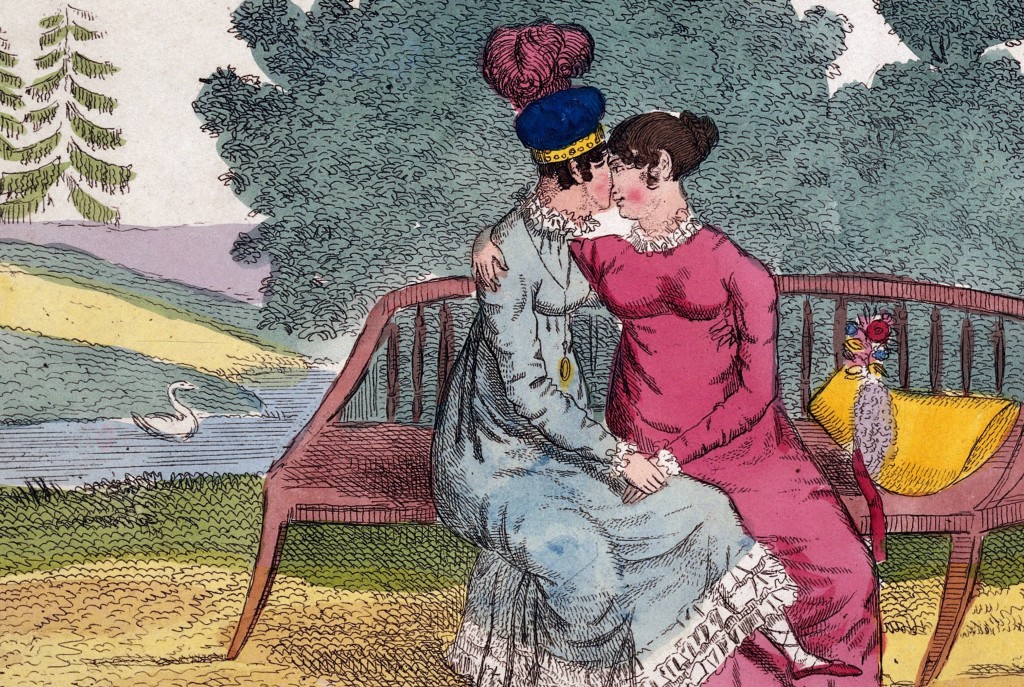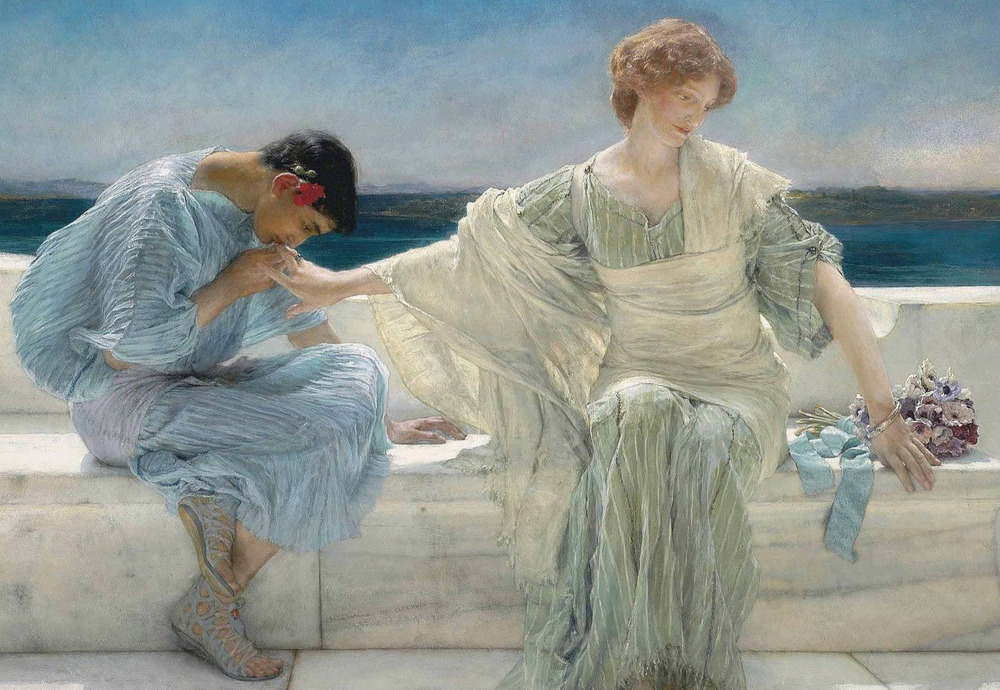Reading Lists
A Reading List of Queer Romances in Historical Fiction
Historical figures are retroactively coming out of their closets

There has been a ton of fiction (and highly-readable nonfiction) coming out recently about the secret — or not-so-secret — romances of people in earlier eras. I’m not talking about illicit affairs and cheating spouses; these are stories of buried love that surpass even the clandestine meetings of Romeo and Juliet. Men in love, women in love, transgender people in love: all stories that are becoming more visible these days, but in their time would have been met with social shunning or worse.
It’s more than just the drama of the love stories that has led to the upswing in period LGBT+ romances. There is an element of historical reclaiming in these novels. Authors don’t need to make up brave, convention-shattering characters when so many incredible examples already exist scattered through the past. From the Elizabethan era to the Cold War, famous (and less-famous) figures who would have otherwise been erased are retroactively coming out of their closets for the sake of representation, present and past.

The Song of Achilles by Madeline Miller
Achilles was a leader, a berserker, a mercurial idiot, and an enemy the Trojans were terrified of facing, but he was also a young man in love. Contrary to the title, The Song of Achilles is less a glorification of Achilles than it is a myth of the lesser known Patroclus — his best friend and lover — and the relationship between the two in the midst of a gruesome war. Miller traces from their childhood to the battlefield, and although we all know how that story ends, the romance shines the spotlight on the true tragedy of the Iliad.

The Whale: A Love Story by Mark Beauregard
Historians have long wondered whether there was more than just friendship between Herman Melville and Nathaniel Hawthorne. Though their correspondences did not last long, the letters that have been unearthed point to an intensity of feelings that culminate in the creation of Moby Dick. Though largely speculation, The Whale spins a novel out of the repeated and highly suggestive interactions between Melville and the older man who soon inspired him to write one of literature’s great classics.

Eleanor and Hick by Susan Quinn
We are all sick of hearing about scandals in the White House by now, but this unexpected romance focuses on the First Lady for once, and her decades-long affair with reporter Lorena Hickok. Quinn wrote this nonfiction account with extensive research. Eleanor looked upon her position as First Lady with distaste, but it was that newfound role as a public figure that brought her into contact with Hickock. Both highly influential and powerhouses in 1930s activism, Eleanor and Hickock’s relationship was not one merely of love but of mutual ideology and political drive as well.

Confessions of the Fox by Jordy Rosenberg
Confessions of the Fox is a fictional novel framed as an 18th-century manuscript. Dr. Voth comes upon a piece of writing from an infamous (real) 18th-century thief by the name of Jack Sheppard. The more Dr. Voth looks into the history of the thief’s exploits, the more queer subcultures of Victorian London rise to the surface. Jack Sheppard, in Rosenberg’s imagining, was not always “Jack.” Assigned female at birth, he first worked as the indentured servant to a carpenter, but with that life behind him and his partner in crime Bess by his side, he leaves behind a legend Dr. Voth can only hope to follow.
Jordy Rosenberg on Writing a Queer 18th-Century Love Story

A Thin Bright Line by Lucy Jane Bledsoe
In this Cold War era novel, Bledsoe fictionalizes her aunt’s experiences as a scientist, writer, and lesbian in 1950s America. Recruited by the government for secretive research venture in the Arctic, Lucybelle hides behind a guise of widowhood. Revealing too much of herself and her preferences could prove disastrous, but isolation is a poor alternative. New love and hard earned reputation conflict as Lucybelle helps lay the groundwork for modern climate research throughout the novel. Bledsoe writes with more conjecture than fact, but her work pulls from the faint traces of her relative’s life to reconstruct an image of early LGBT+ America.

The Rebellion of Miss Lucy Ann Lobdell by William Klaber
Lucy Ann/Joseph Lobdell is a figure familiar to academics interested in gender and queer studies. As a prominent writer assigned female at birth but living as a man with a wife in 19th-century New York, Lobdell tangled with issues of gender and identity before those concepts existed in common vocabulary. The novel starts at the beginning of Lobdell’s journey and continues on through her determination to attain the freedom men enjoy, her adoption of men’s garb, and her decisions that transformed Lucy into Joseph.

All Out by Saundra Mitchell
The collection of seventeen short stories by different authors gives a full range of perspectives on fairy tales. Finally breaking away from the strong man rescuing the damsel tropes we grew up hearing, these stories play around with familiar tales, dropping them in new times and places and defying expectations to make the dusty happily ever after endings fresh again. Not all of the shorts pull from well-known tales. Some try their hand at original historical fiction threaded through with the same smooth, lyrical quality that made childhood bedtime stories memorable.

The Unreal Life of Sergey Nabokov by Paul Russell
Vladimir Nabokov had a brother eleven months his junior who, in the years leading up to WWII, also left Russia in exile, but Sergey left for a very different reason. Trapped in the shadow of a genius brother and enamored with the arts, Sergey Nabokov made his way to Paris, the popular hotspot for artists and sexual diversity in the 1920s. There a parade of big names came and went leaving their cultural marks on the city and on Sergey himself. While he was never destined for the fame his brother enjoyed, Sergey represented a different Nabokov, unacknowledged but present all the same.

The Stranger’s Child by Alan Hollinghurst
The Stranger’s Child addresses the reflective nature of history. It begins in 1913 when a charming house guest by the name of Cecil Valance romantically ensnares both his host George and his host’s sister. He then writes a thinly-veiled poem about his time at the estate. The novel jumps through time following this poem, which has become a national classic. Scholars squabble to reinvent Cecil and his poem in accordance with their views: gay, straight, a genius, or a hack. As the decades change, so too does the interpretation of history until the distorted past more or less resembles the present.








